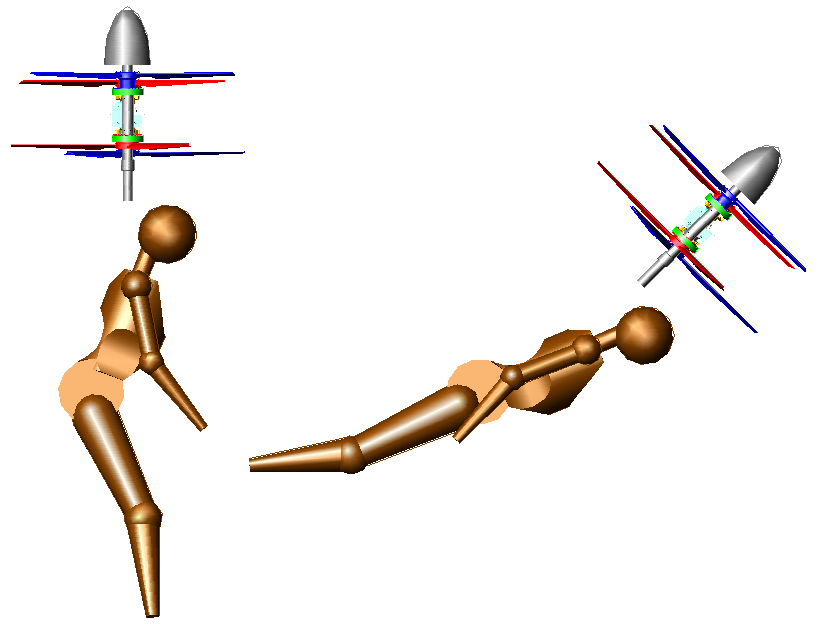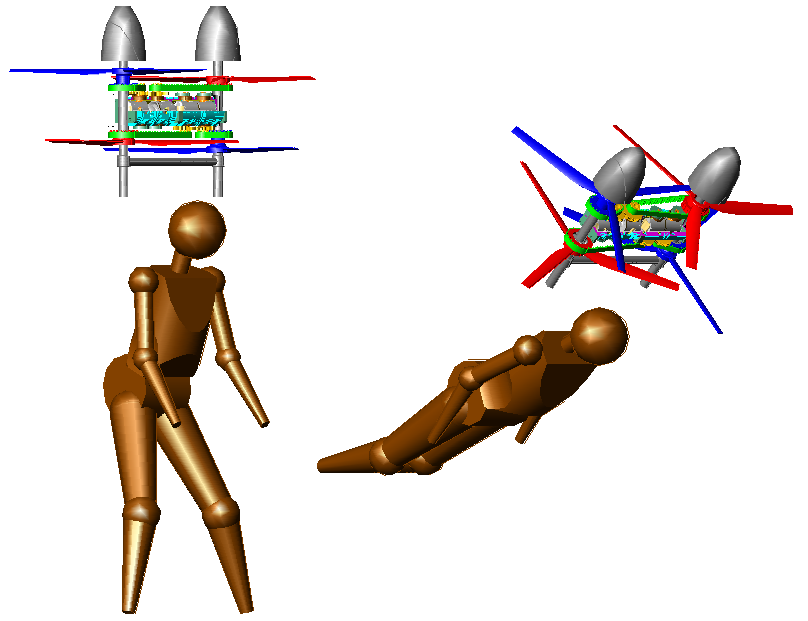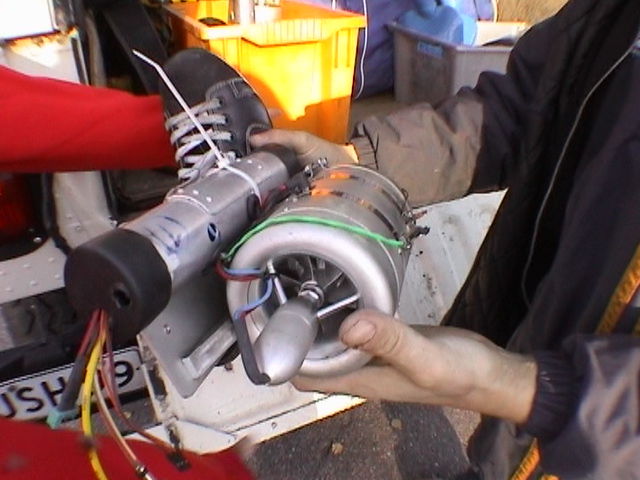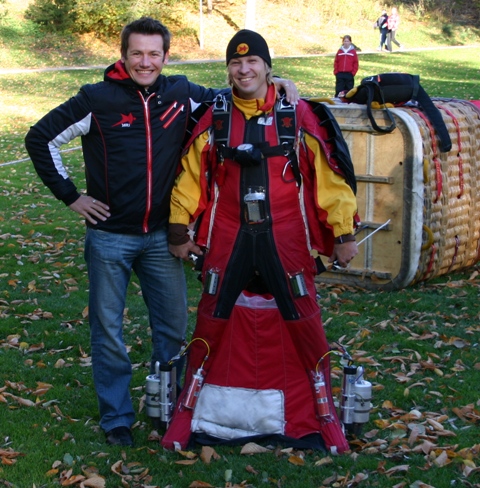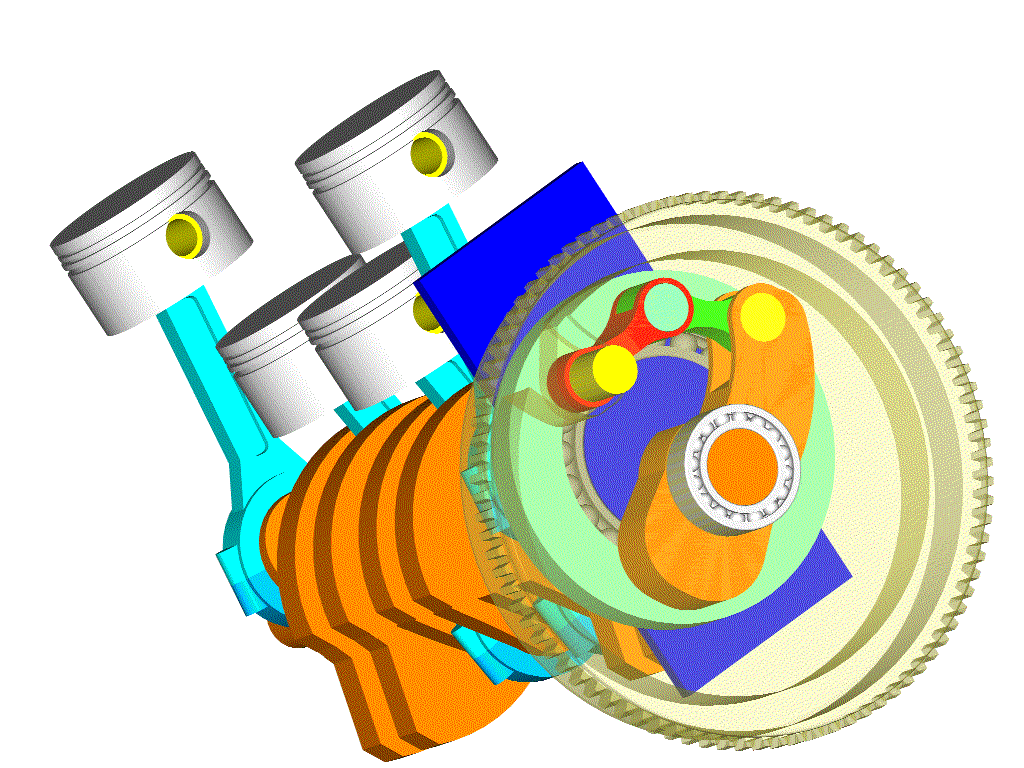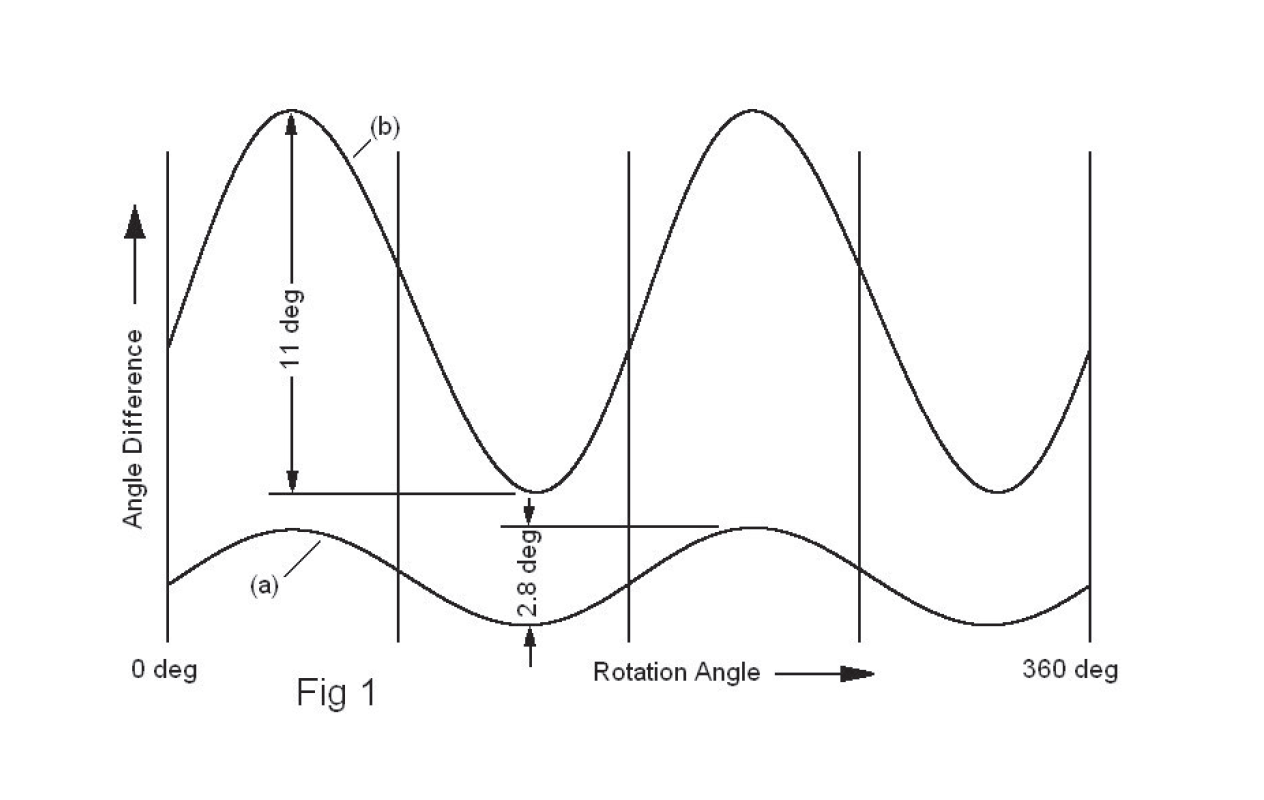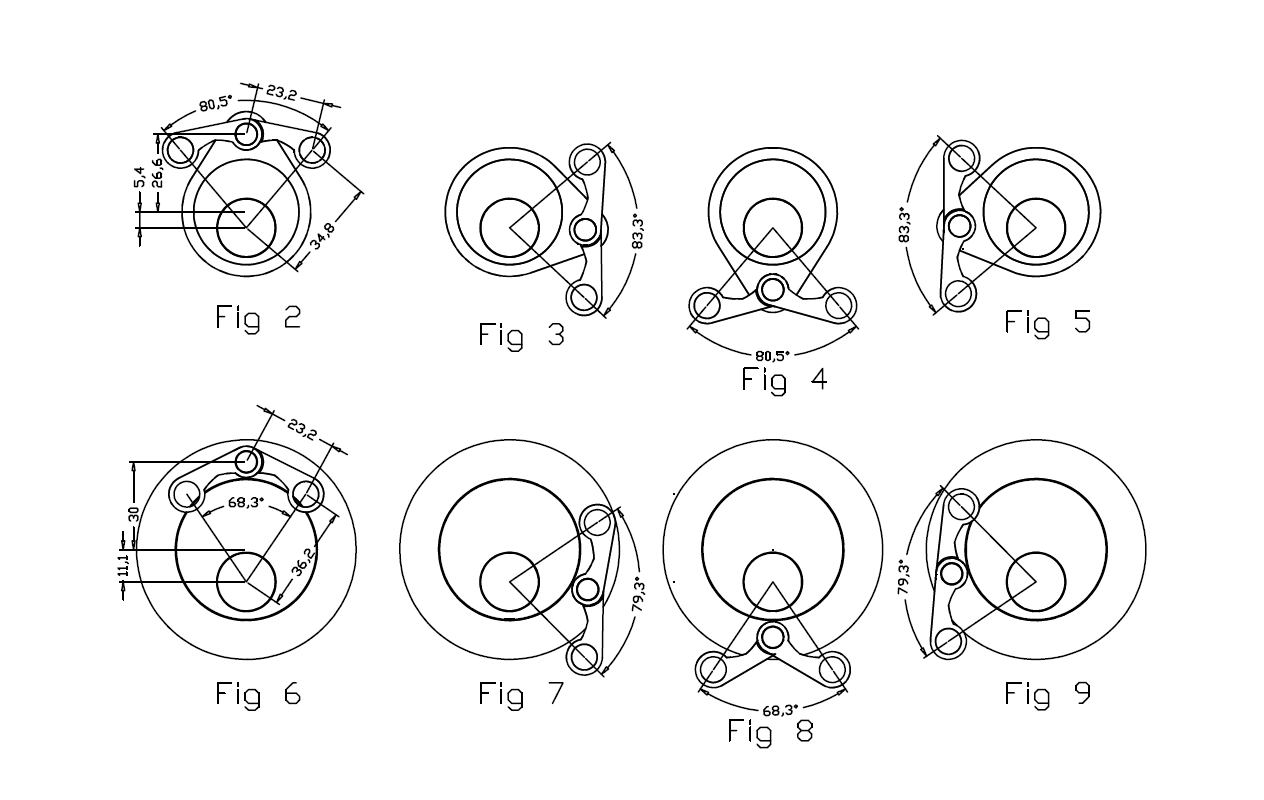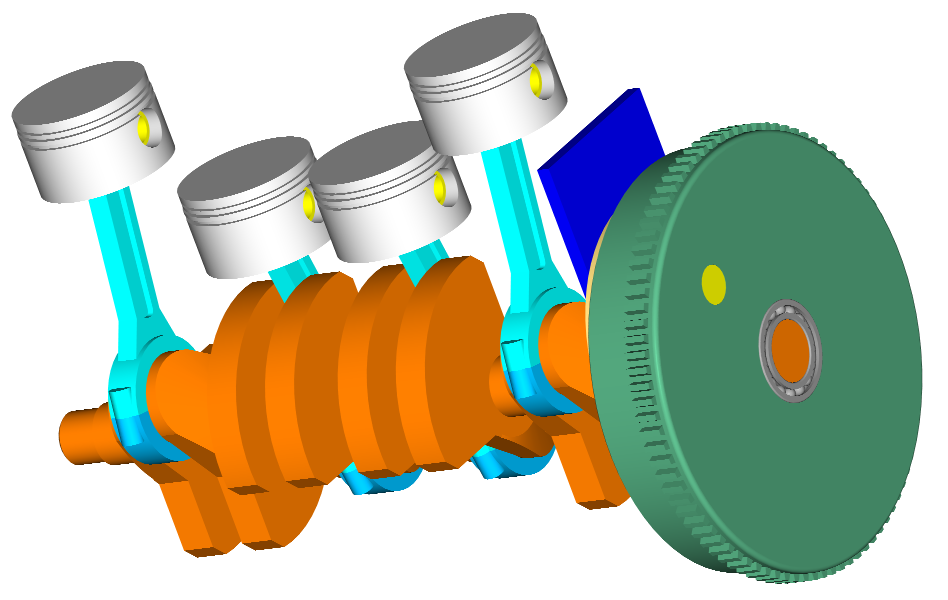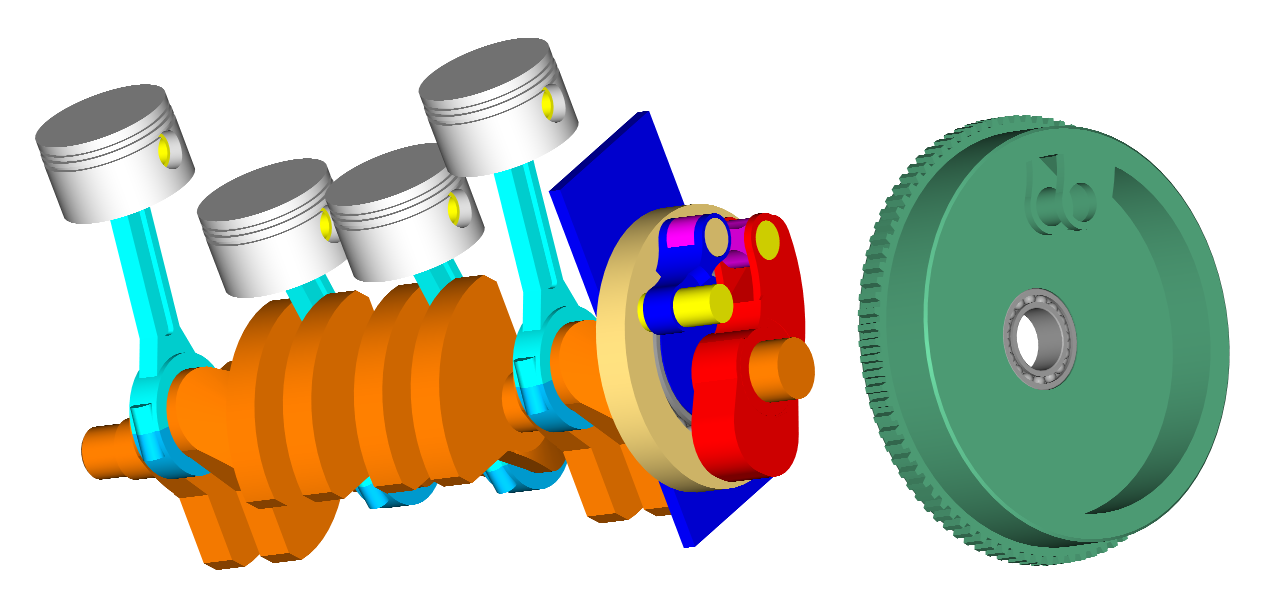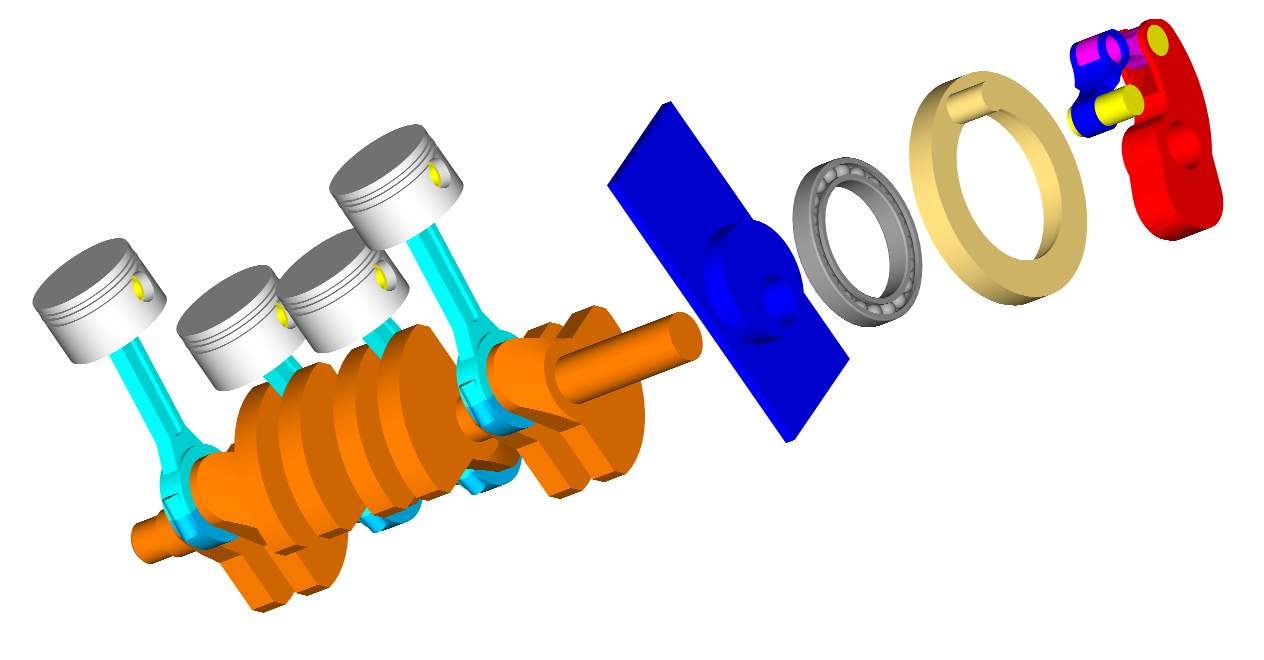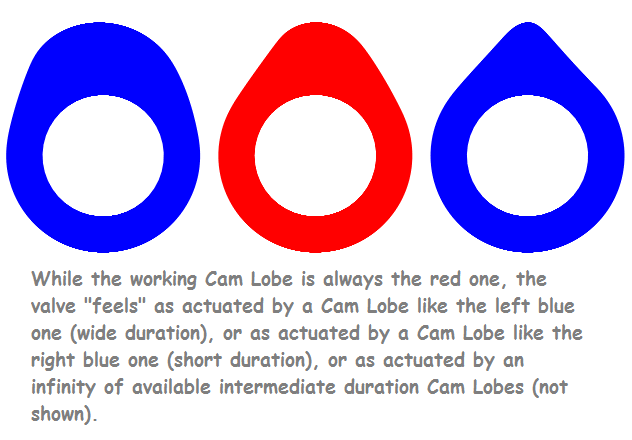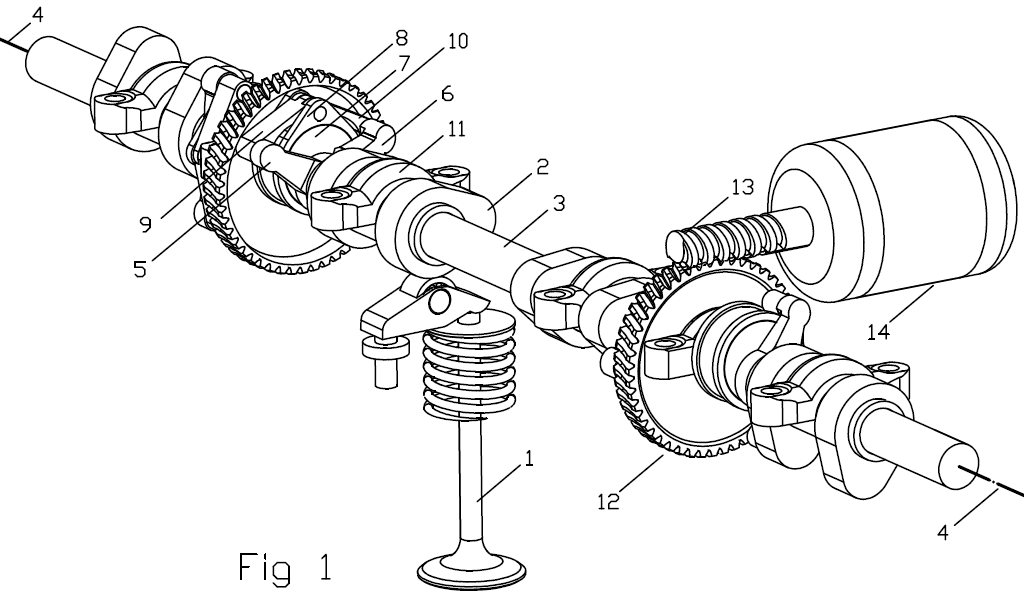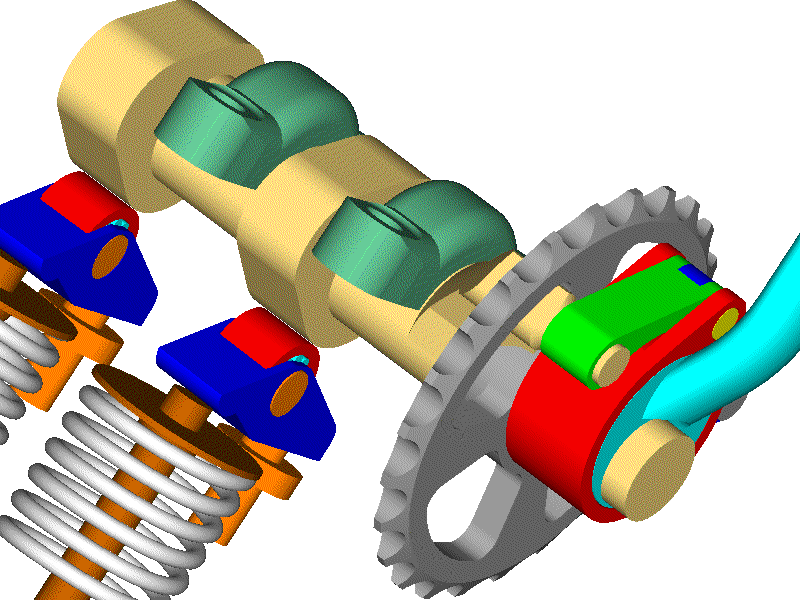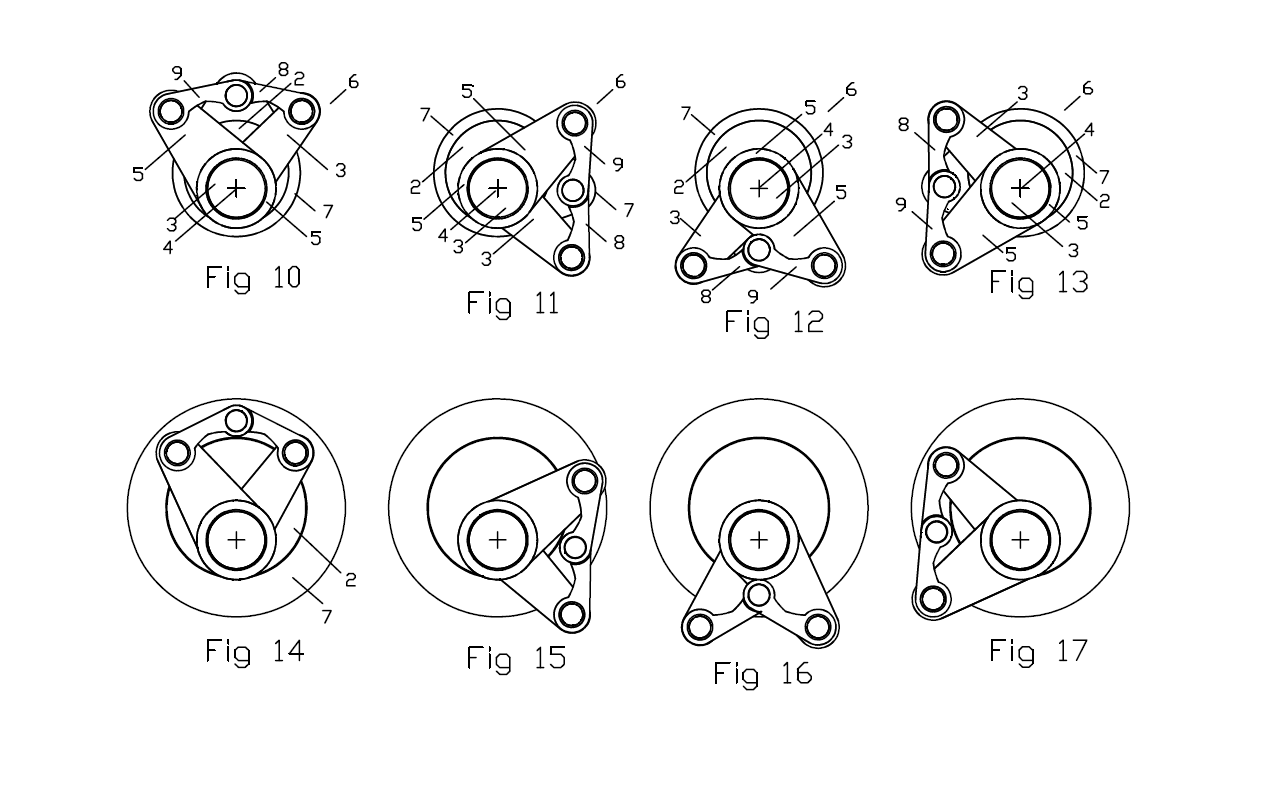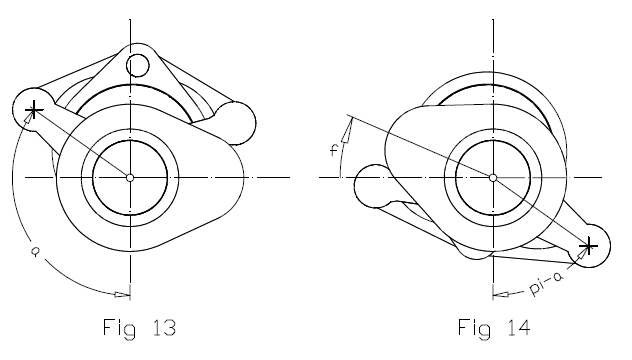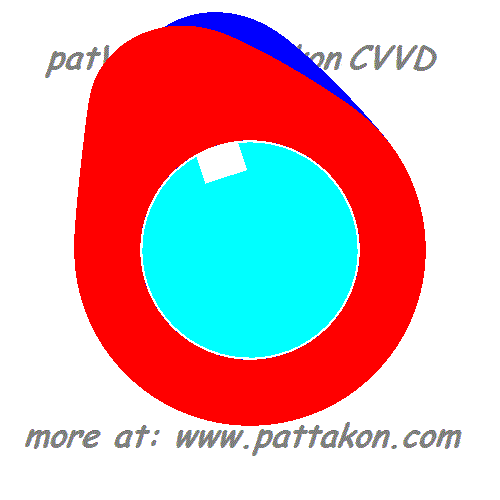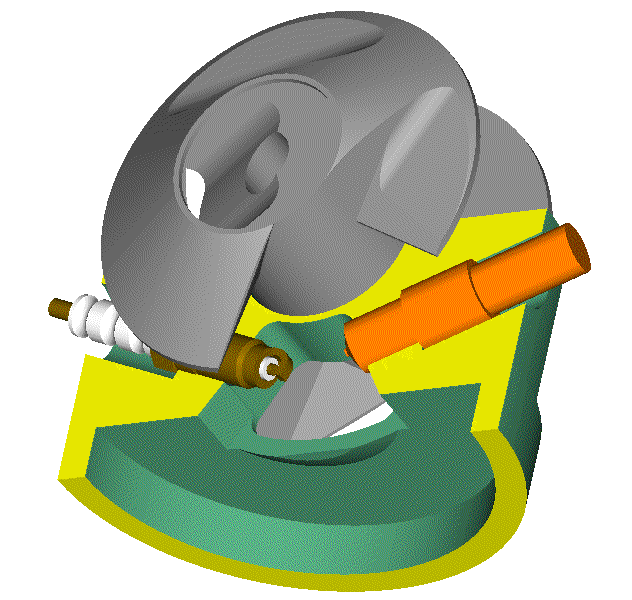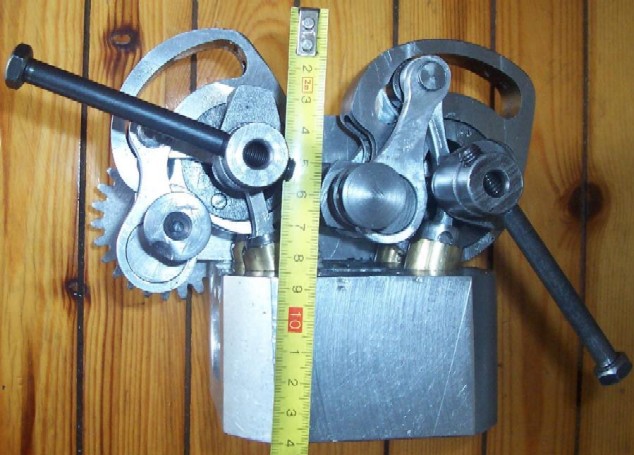You write:
Manolis, the only thing the “Pendulum Rocket Fallacy” shows is, that a system with the CoG under a fixed thrustvector isn't self stabalizing. That's really nothing new, i can build a rocket in Kerbal Space Program within minutes which would perfectly demonstrate this fact. The rocket will start to flip over immediatly after the start.
If you wanna properly overcome this issue, you will need at least 3 thrust sources, each with individually adjustable thrust and thrust vectoring.
Your flyer only has one thrustvector which can tilt, but this will not fully solve the issue. You can prevent fliping over by tilting your flyer, but that causes a sideways movement. So a more or less stable hover similar to a helicopter is not possible with your setup.”
With three thrust sources, you don’t need thrust vectoring, only individually adjustable thrust.
With one only thrust source, you need adjustable thrust vectoring and adjustable thrust.
Take Zapata’s JetPack.
He has one only thrust: the jets are parallel to each other and are controlled by the same ”throttle”. They are more than one only for safety reasons (when one fails, the rest provide thrust for a safe landing).
Only for his yaw control Zapata needs a pair of thrust vectoring nozzles.
Take Mayman’s JB-10 JetPack, that with the two only jets.
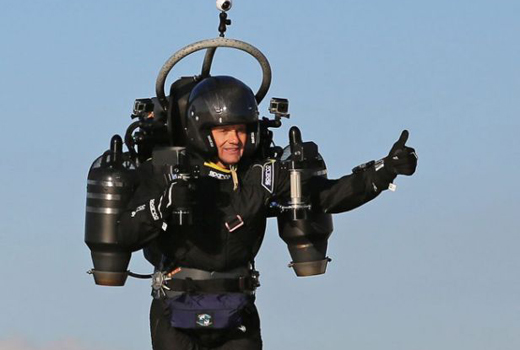
He has only two thrust sources, not three. And these two thrust sources are parallel to each other (behaving as a single central thrust source).
If Mayman had only one jet, it could not be centrally located.
Take a peroxide JetPack:

and count the number of independently vectored thrust sources.
So, a stable hover similar to a helicopter is possible with the Portable Flyer. Unless the videos of Zapata, Mayman and Rossy, wherein they achieve more stable hovering than helicopters, are fake.
You also write:
“Something different though. So you say, your Flyer can carry a Person of 90kg. Your specified dry weight is 20kg and the lift capabilty with one engine out is 115kp or about 113kg...You do know what dry weight means, right? I mean 90+20=110...So you recon 3kg of fuel is enough for 2 hours of flight time or how do i have to understand this?
These is a separate reserve tank containing 2 - 3 litters of fuel.
At an engine stall, the heavy pilot gets rid of the rest fuel and lands with the fuel in the reserve tank.
Thanks
Manolis Pattakos

